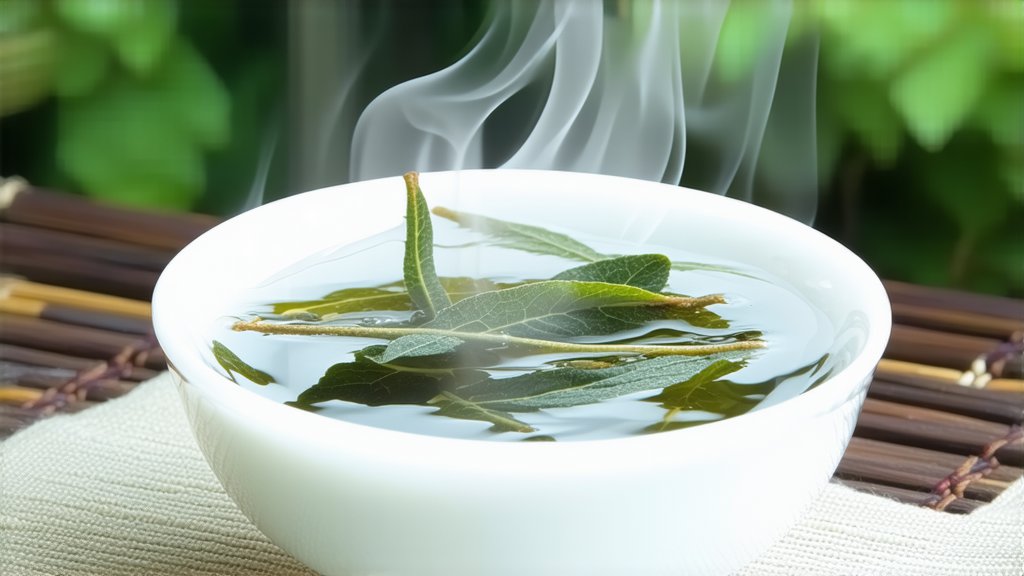
Bai Mu Dan, also known as White Peony, is a revered variety within the white tea category, originating from the verdant hills of Fujian province in China. This tea is celebrated for its subtle flavors, delicate aroma, and the health benefits attributed to its minimal processing. Let's delve into the history, types, craftsmanship, and appreciation of Bai Mu Dan, a tea that has captivated connoisseurs worldwide.
History of Bai Mu Dan
The history of Bai Mu Dan is intertwined with the broader narrative of Chinese white tea, which dates back to the Tang Dynasty (618-907 AD). However, Bai Mu Dan as we know it today came into prominence during the Ming Dynasty (1368-1644 AD). It was during this period that the art of tea processing advanced, allowing for the creation of more nuanced white teas like Bai Mu Dan. The name "Bai Mu Dan" translates to "White Peony," a reference to the tea's resemblance to the delicate white peony flower, with its silvery-white leaves and downy buds.
Types of Bai Mu Dan
Bai Mu Dan is categorized based on the grade of the leaves and buds used. The highest grade is known as "Gao Bai Mu Dan," which consists of one bud and one or two leaves. "Bai Mu Dan" itself refers to the standard grade, which includes one bud and two leaves. There is also "Shang Bai Mu Dan," which is a lower grade with more mature leaves. Each grade offers a slightly different flavor profile, with higher grades typically providing a more refined and delicate taste.
Craftsmanship of Bai Mu Dan
The processing of Bai Mu Dan is a testament to the minimalist approach in Chinese tea-making. The leaves are plucked, withered, and then dried, with minimal human intervention. This simplicity allows the natural flavors of the tea to shine through.
-
Picking: The leaves and buds are handpicked in the early morning when they are covered in dew, ensuring the tea retains its freshness and aroma.
-
Withering: The freshly picked leaves are spread out in the sun or in a well-ventilated area to wither. This process reduces the moisture content and initiates the chemical changes that give Bai Mu Dan its unique characteristics.
-
Drying: After withering, the leaves are dried, traditionally using sunlight or charcoal. This step further reduces moisture and halts enzymatic activity, preserving the tea's natural compounds.
The result is a tea that is rich in antioxidants and has a light, refreshing taste that is both soothing and invigorating.
Appreciation of Bai Mu Dan
To fully appreciate the nuances of Bai Mu Dan, one must engage in a ritual that honors the tea's delicate nature.
-
Preparation: Use a porcelain or glass teapot to better observe the leaves as they unfurl. The water temperature should be around 85-90°C (185-194°F) to prevent scalding the leaves and to allow the flavors to unfold gently.
-
Brewing: Start with a lower leaf-to-water ratio, such as 1 gram of tea per 50 ml of water. Pour the hot water over the leaves and let them steep for 3-5 minutes. The first infusion is often the lightest, setting the stage for the tea's unfolding story.
-
Tasting: The aroma of Bai Mu Dan is subtle, often described as floral with hints of fruit. The taste is light and sweet, with a lingering aftertaste that is both refreshing and satisfying.
-
Multiple Infusions: Bai Mu Dan can be infused multiple times, with each infusion revealing different layers of flavor. As the tea steeps longer, the taste becomes more robust, offering a full-bodied experience.
-
Pairing: Bai Mu Dan pairs well with light, delicate foods such as sushi, salads, and pastries. It can also be enjoyed on its own, as a palate cleanser between courses or as a soothing afternoon beverage.
Health Benefits
Bai Mu Dan is prized for its health benefits, which are attributed to its high antioxidant content. These antioxidants, including polyphenols and flavonoids, are known to have anti-inflammatory and immune-boosting properties. The tea is also rich in amino acids, which can help reduce stress and promote relaxation.
Cultural Significance
In Chinese tea culture, Bai Mu Dan is not just a beverage; it is an embodiment of harmony and balance. The tea's lightness and subtlety are seen as a reflection of the Taoist principle of "wu wei," or "non-action," which encourages顺应自然 and